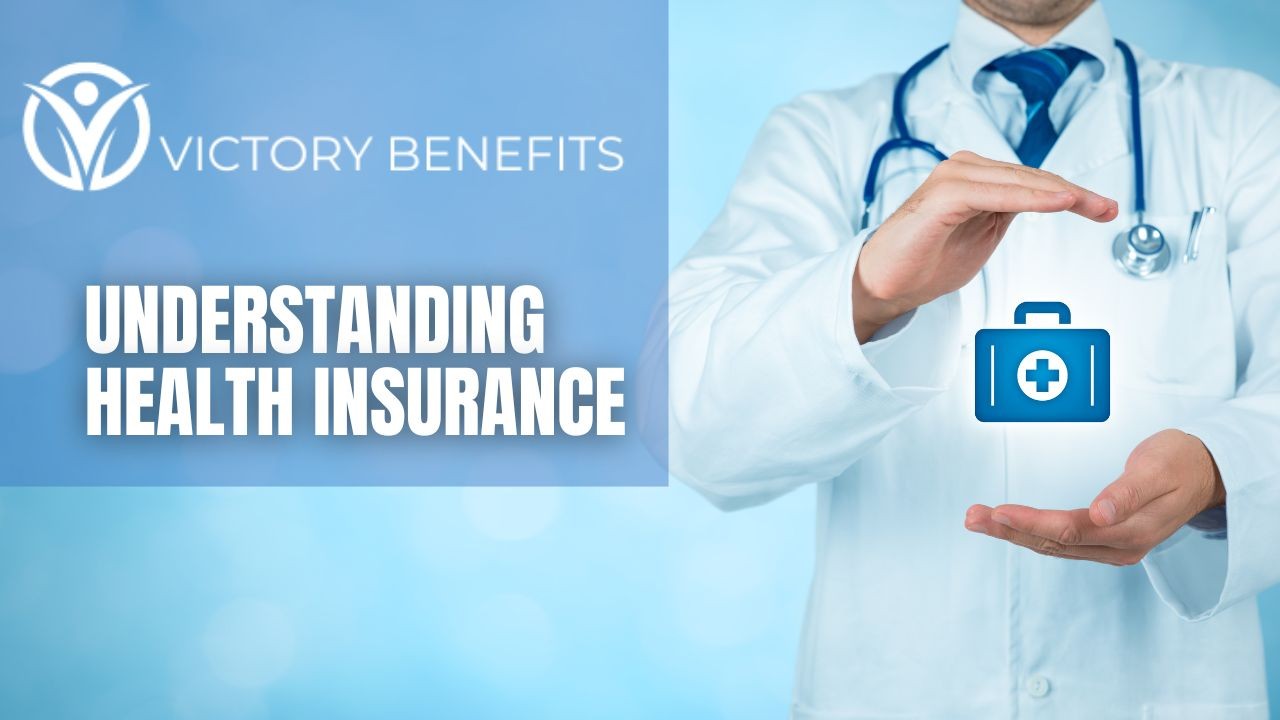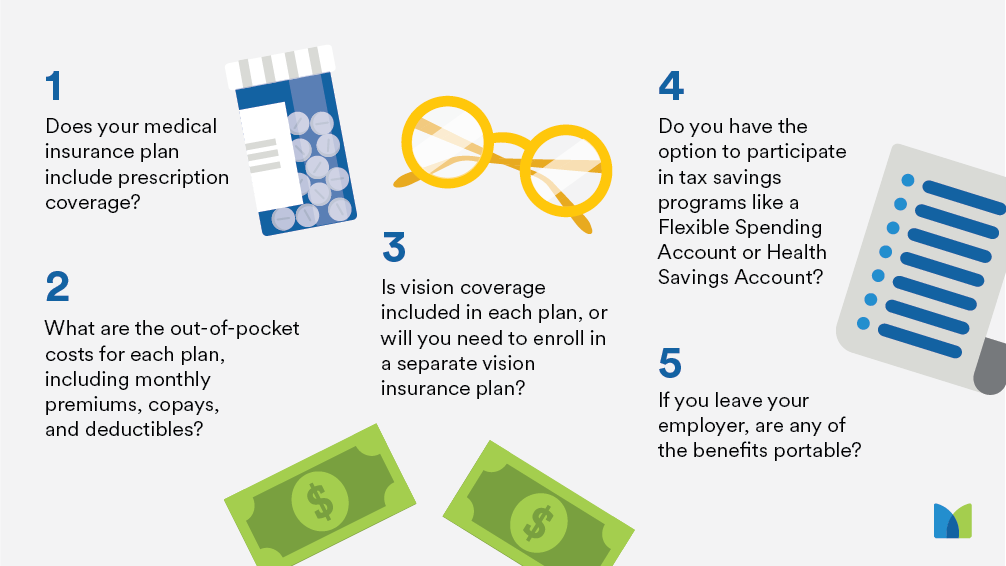Not known Details About Medicare Advantage Agent
Table of ContentsHow Medicare Advantage Agent can Save You Time, Stress, and Money.Medicare Advantage Agent - TruthsHow Medicare Advantage Agent can Save You Time, Stress, and Money.


follows from confusing the perplexing young reasonably profile of the uninsured with without insurance better health, health and wellness average, standard younger personsMore youthful For those without access to office health insurance policy, bad health and wellness is a prospective barrier to acquiring nongroup coverage due to the fact that such coverage may be highly valued, omit preexisting conditions, or be just inaccessible. Unless or else noted, nationwide price quotes of people without wellness insurance and percentages of the population with different kinds of coverage are based on the CPS, the most commonly made use of resource of estimates of insurance policy coverage and uninsurance rates.

The Main Principles Of Medicare Advantage Agent
Over a three-year duration beginning early in 1993, 72 million individuals, 29 percent of the united state population, lacked insurance coverage for at least one month. Within a single year(1994), 53 million individuals experienced at least a month without coverage(Bennefield, 1998a). Six out of every 10 without insurance grownups are themselves used. Working does enhance the possibility that one and one's household members will have insurance coverage, it is not an assurance. Also members of households with 2 full-time wage earners have virtually a one-in-ten opportunity of being uninsured (9.1 percent uninsured price)(Hoffman and Pohl, 2000 ). The partnership between medical insurance and accessibility to care is well established, as documented later on in this phase. Although the partnership in between medical insurance and wellness outcomes is neither straight nor straightforward, an extensive scientific and health and wellness solutions research literary works links medical insurance coverage
to better accessibility to care, much better quality, and boosted individual and populace health and wellness status. The 2nd report, on personal wellness end results for uninsured adults, is represented by the innermost circle of the number, while the third report, on household health, includes the topics of the 2nd record yet highlights a various system of evaluation, particularly, the family. The 6th record in the series will certainly present information about methods and campaigns embarked on in your area, statewide, or across the country to resolve the absence of insurance and its negative influences. Levels of evaluation for analyzing the results of uninsurance. This conversation of medical insurance protection concentrates mostly on the U.S. populace under age 65 since essentially all Americans 65 and older have Medicare or other public protection.
It concentrates particularly on those without any type of wellness insurance for any kind of size of time. The issues faced by the underinsured remain in some areas comparable to those faced by the uninsured, although they are normally much less extreme. Uninsurance and underinsurance, nonetheless, entail clearly various policy concerns, and the approaches for addressing them might differ. Throughout this research study and the five records to follow, the primary focus gets on individuals without any medical insurance and therefore no support in spending for health care past what is offered through charity and security web organizations. Health and wellness insurance policy is an effective variable affecting receipt of care due to the fact that both clients and medical professionals react to the out-of-pocket price of solutions. Medical insurance, nonetheless, is neither necessary neither adequate to get access to medical solutions. The independent and direct result of health and wellness
insurance insurance policy on access to health services solutions well establishedDeveloped Others will get the healthcare they need even without health insurance policy, by paying for it expense or seeking it from carriers who offer treatment complimentary or at highly subsidized rates. For still others, health and wellness insurance alone does not ensure receipt of treatment as a result of various other nonfinancial barriers, such as an absence of healthcare providers in their community, limited accessibility to transportation, illiteracy, or etymological and cultural differences. Official research concerning without insurance populaces in the USA dates to the late 1920s and early 1930s when the Committee on the Cost of Treatment generated a series of records about financing doctor office check outs and hospitalizations. This issue came to be salient as the varieties of medically indigent climbed throughout the Great Clinical depression. Empirical researches consistently support the web link in between access to care and enhanced health and wellness results(Bindman et al., 1995; Starfield, 1995 ). Having a routine resource of care can be thought about a predictor of accessibility, as opposed to this website a straight measure of it, when Homepage wellness results are themselves used as gain access to signs. This expansion of the concept of gain access to measurement was made by the IOM Committee on Checking Gain Access To to Personal Health And Wellness Treatment Services(Millman, 1993, p. Whether moms and dads are guaranteed appears to affect whether or not their children obtain treatment along with how much careeven if the children themselves have protection(Hanson, 1998). The health of parents can affect their capacity to take care of their children and the level of household anxiety. Stressing regarding their children's access to care is itself a resource of stress and anxiety for moms and dads. Three phases follow in this report. Phase 2 offers an introduction of exactly how employment-based medical insurance, public programs and specific insurance policy policies operate and engage to give considerable yet incomplete insurance coverage of the united state population. This consists of a testimonial of historical trends and public plans affecting both public and private insurance policy, a discussion of the interactions amongst the various kinds of insurance, and an evaluation of why individuals move from one program to another or wind up
